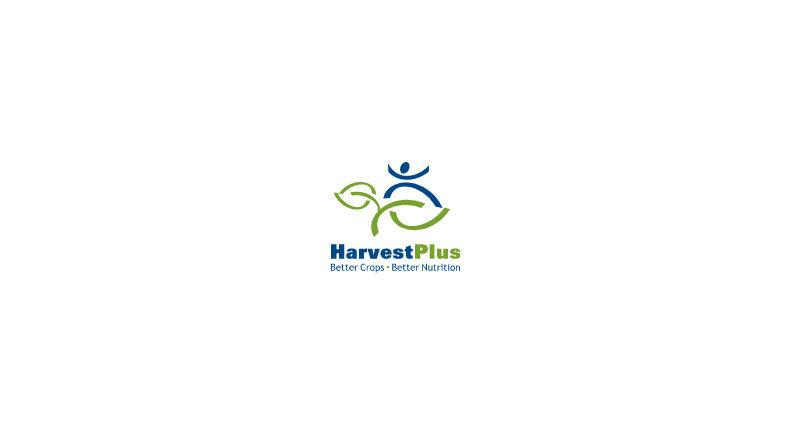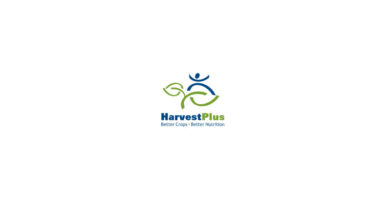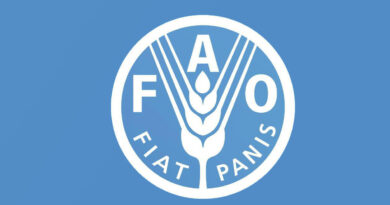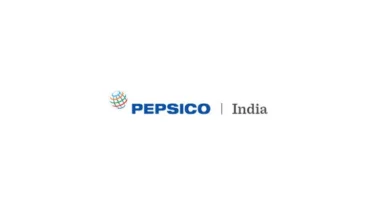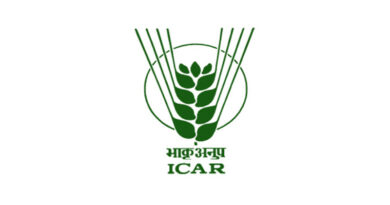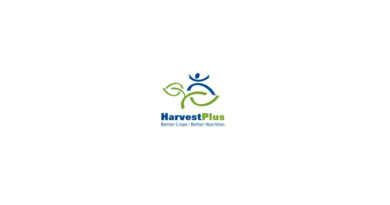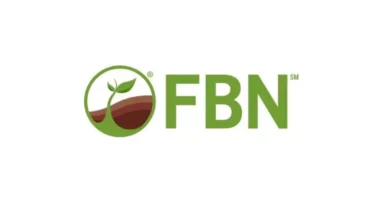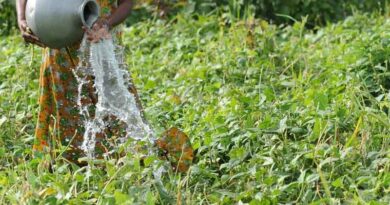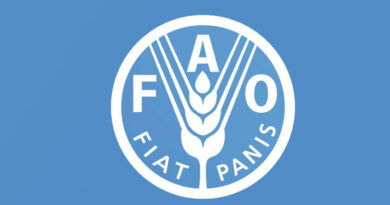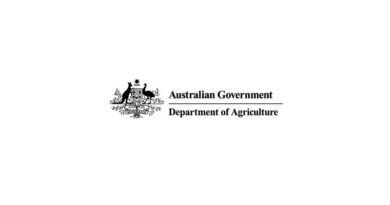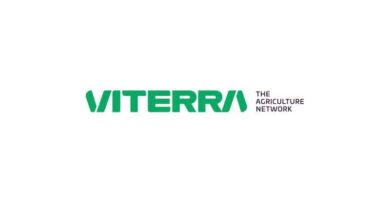Ensuring Better Nutrition and Livelihoods for Farming Women
01 March 2021, Uganda: Nabirye Scovia, 26, lives with her husband and two children in the Kamuli district of eastern Uganda. Like more than 1 billion other women in smallholder farming households around the world, Nabirye works her family’s plot of land to produce food crops for their meals and some surplus harvest they sell to cover school, medical, and other expenses. Naribye’s farming livelihood began when she married at age 16.
A key theme for International Women’s Day 2021 is the achievement of a more-equal and empowered future for women as we build back better from the COVID-19 pandemic. But how do we include women like Nabirye—about one quarter of all women worldwide—in this vision? Two critical elements will be to ensure that smallholder women farmers have the means and the agency to improve their livelihood opportunities and strengthen their nutrition security—priorities that are also closely interlinked.
Women already fill essential roles in smallholder agricultural production; by one estimate, they account for 43 percentof these farms’ overall agricultural labor, and they often take full responsibility for cultivation, harvesting, and processing of certain crops (notably staple crops). However, research has also shown that they have significantly less access than men farmers to training, inputs, credit, and other resources that could help improve their productivity and livelihoods.
Also Read: CABI BioProtection Portal now available in Uganda
Women also are more likely to suffer from malnutrition—particularly one form of malnutrition that is widespread in smallholder communities: micronutrient deficiency, or “hidden hunger,” which affects one in three people globally. Women, adolescent girls, and children of both sexes are most at risk of hidden hunger due to their higher biological needs for key micronutrients, such as iron, zinc and vitamin A).* Hidden hunger leaves women at high risk of complications during pregnancy and childbirth, anemia, diarrhea and other serious infections, as well as physical and cognitive impairments that further limit their productive capacities.
Hidden hunger is primarily poverty-driven; smallholder farming women and their families generally cannot afford the range of foods that make up a nutritious diet. These women also are often on the wrong end of prejudicial food allocations, whereby more-nutritious but more-costly foods these families may periodically be able to afford or access—such as animal source foods or vegetables—tend to be prioritized for the men and boys. **
In the absence of affordable dietary diversity, common complementary strategies for addressing the micronutrient challenges of low-resource communities include adding vitamins and minerals to processed foods such as flours and cooking oils (industrial fortification), or the provision of supplements. However, these approaches do not always reach low-resource rural farming families, who mostly eat what they grow themselves. These strategies also require recurring investments to sustain interventions.
Another complementary strategy intentionally designed to reach such communities, and that can also provide livelihood benefits, is biofortification. This refers to production and promotion of staple crops such as rice, wheat, cassava, and maize that have been conventionally bred (non-GM) to be rich in essential micronutrients—particularly iron, zinc, and vitamin A. The non-biofortified varieties of these staples generally are poor sources of vitamins and minerals.
The power of nutrient-enriched staple crops
Why the emphasis on staples? To be sure, the ideal strategy for meeting dietary micronutrient requirements is through a diversified diet including a mix of grains, fruits, vegetables, and animal source products. However, 3 billion people in the world simply can’t afford a healthy diet; they rely on relatively less expensive but less nutritious staples to fill their stomachs. Dependency on staples has likely grown as a result of the COVID-19 pandemic’s severe economic impacts, where incomes have declined and food prices (especially for perishable foods) have increased amid supply squeezes.
HarvestPlus, which is part of the global CGIAR agricultural research partnership, works with CGIAR and national crop research centers to develop and promote biofortified crop varieties. Through this work, more than 370 varieties of 12 staple crops have been released since 2004 in 41 countries for use by farmers. These crop varieties are provided to countries as public goods. They cost farming families no more to produce than non-biofortified crops, and the nutrition stays in the biofortified crop, harvest after harvest. It is a nutrition source that farming families control.
Women are priority end users of biofortified crops, and the focus on women actually begins at the crop development stage. The breeding targets for nutrient levels are set to meet the relatively high nutrition requirements of reproductive-age women and adolescent girls, as well as young children of both genders.
Biofortified crops are also bred with other characteristics that women value in the crops they grow. For example, some varieties of iron-biofortified beans are bred to cook more rapidly than non-biofortified counterparts, freeing up time for women to engage in other activities (including income-generating activities). Varieties of vitamin A cassava and orange sweet potato are bred to contain levels of dry matter that facilitate post-harvest processing tasks generally handled by women.
Women in farming families are also prioritized in biofortification training programs; in 2020, women were 64 percent of the 294,000 people trained by HarvestPlus and its partners in production, harvesting, and processing of biofortified crops. Note that women often take the lead in family farming of staple crops such as cassava, bean, and sweet potato. And since women are generally more focused than men on producing food for their households, the added nutrition in biofortified staples women grow is more likely to reach children in the family through meals the women prepare. This is a critical pathway: the highest need for micronutrients in the lifecycle takes place during the first 1,000 days, from conception to age 2.
Empowering women entrepreneurs
Biofortification’s benefits for women do not stop at the farm fence. Rural women engaged in biofortification programs also learn trading and managerial skills needed to establish small businesses to produce and sell value-added food products made with biofortified crops grown by them and others.
One of these women is Lilian Murangariri, in Zimbabwe’s Makoni district, whose family once relied solely on modest income from farming. Through the Livelihoods and Food Security Programme (LFSP), which is funded by the UK Foreign, Commonwealth, and Development Office, Lilian acquired financial and business skills as well as training on how to grow and process vitamin A-biofortified maize and iron-biofortified beans (HarvestPlus is the biofortification technical partner in the LFSP). Lilian now sells vitamin A maize meal and samp, runs a thriving catering business serving many biofortified dishes, and also a dried vegetables business—the earnings from which are covering her daughter’s college-level studies.
As for Nabirye in Uganda, she and her family are now growing vitamin A orange sweet potato and iron beans after receiving training from the USAID Meals for Nutrition Biofortified Solutions (MENU) project, in which HarvestPlus is a key partner and implementer. Sales from some of the biofortified crops have allowed Nabirye to invest in diversified income streams, including livestock raising with pigs and chickens. “Today, hunger is a thing of the past, my children are fed on orange sweet potatoes, iron beans, and eggs. I am happy my household income is increasing,” she said.
On this year’s International Women’s Day, let’s commit to ensuring that that the Lilians and the Nabiryes of the world are provided the opportunity to realize the nutrition, health, and livelihood benefits of biofortification. At the 2021 UN Food Systems Summit and Tokyo Nutrition for Growth Summit, governments, businesses, and funders should commit to measures that make biofortified crops available to the most vulnerable of the vulnerable—women smallholder farmers—so that they are included in a brighter future.

